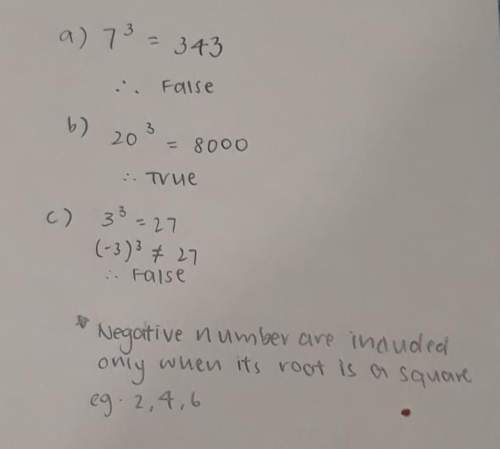
Mathematics, 16.07.2021 23:20 charizma
Use the diagonals to determine whether a parallelogram with vertices A(−3, 0), B(−2, 7), C(5, 8), and D(4, 1) is a rectangle, rhombus, or square. Give all the names that apply.

Answers: 1


Other questions on the subject: Mathematics

Mathematics, 21.06.2019 17:30, allisonlillian
Select the quadratic that has root x = 8 and x = -5
Answers: 3

Mathematics, 21.06.2019 21:00, davidcortez27
Need match the functions with correct transformation. f(x) = -3x f(x) = |x-1|+3 f(x) = √(x+3) 1/2x² f(x) = (x+1)²-3 4|x| 1. compress by a factor of 1/2 2. stretch by a factor of 4 3. shift to the left 3 4. shift to the left 1 5. shift up 3 6. reflection
Answers: 1

Mathematics, 21.06.2019 21:30, Harriche
The perimeter of a rectangular lot of land is 436 ft. this includes an easement of x feet of uniform width inside the lot on which no building can be done. if the buildable area is 122 ft by 60 ft, determine the width of the easement. select one: a. 9 feet b. 18 feet c. 4.5 feet d. 7 feet
Answers: 3
You know the right answer?
Use the diagonals to determine whether a parallelogram with vertices A(−3, 0), B(−2, 7), C(5, 8), an...
Questions in other subjects:







Chemistry, 09.09.2019 21:30






